X
wikiHow is a “wiki,” similar to Wikipedia, which means that many of our articles are co-written by multiple authors. To create this article, volunteer authors worked to edit and improve it over time.
This article has been viewed 50,979 times.
Learn more...
Stardate is the dating system used in Star Trek. In the original series, they just made it up; so long as the next stardate was after the current stardate, it worked. Later on, it got a bit more serious.
Steps
Method 1
Method 1 of 2:
Converting from Common Date to Stardate
-
1Understand how long a year is. There are 1000 stardate units in one Earth year.
-
2Look at how long your year is. 365 days normally, 366 for a leap year. This number is called n.Advertisement
-
3Choose a base date. The base date will determine all of your other calculations. There are two base dates that you can use: 2005 = 58000.00 and 2323 = 00000.00 The standard year (2005 or 2323) is now called b and the stardate year (58000.00 or 00000.00) is called c.
-
4Calculate the "month number". This number shall be called m. Here's a list: January = 0; February = 31. For all other months, add one if it is a leap year. March = 59; April = 90; May = 120; June = 151; July = 181; August = 212; September = 243; October = 273; November = 304; December = 334.
-
5Find the day and year. The day in the month is called d, and the year is called y. So, using 2005 as the base date, 23 May 2008 has these values: n = 366; b = 2005; c = 58000.00; m = 121 (120, +1 for leap year); d = 23; y = 2008.
-
6Put these values into the formula. The stardate formula is this: c + (1000*(y-b)) + ((1000/n)*(m + d -1)) = Stardate. Using the above values, the stardate works out to be 61390.71. Stardates are usually quoted to two decimal places.
Advertisement
Method 2
Method 2 of 2:
Converting from Stardate to Common Date
-
1Know the base date that has been used. As an example, lets look at the stardate from the last method, 61390.71. The base date is 2005 = 58000.00
-
2To calculate the year, look at the thousands (and above) digits. Ignore the hundreds and tens (and units and decimals). In this example, you get 61000.
-
3From this number, subtract the stardate base date, divide by 1000, and then add the common base date. 61000-58000 = 3000. 3000/1000 = 3. 2005 + 3 = 2008. This is the year.
-
4Determine if it's a leap year. A year that divides by four but not 100 is a leap year. A year that divides by four and 100 but not 400 is not a leap year. A year that divides by four, 100 and 400 (e.g. 2000) is a leap year. 2008 will divide by four but not 100, so it is a leap year.
-
5To calculate month and day, look at the hundreds digit, and the lower digits. Ignore the thousands and anything higher. You get 390.71.
-
6Multiply by 365 (366 for leap years). When you multiply 390.71 by 366, you get 142,999.86.
-
7Divide by a thousand, then round to the nearest whole number. 142,999.86/1000 = 142.99986. Round up to 143.
-
8Add one. You get 144.
-
9Determine the largest month number that can be subtracted from this number. This number will be the month. Remember to add one to the month number if it's a leap year (and after February). The largest month number that goes into 144 is 121, so the month is May.
-
10Subtract the month number to get the date. 144-121 = 23. So your date is 23 May 2008. That's correct, it's the day you started with.
Advertisement
Community Q&A
-
QuestionWhat is the star date for December 18th, 2016?
 Community Answer66961.75.
Community Answer66961.75.
Advertisement
Warnings
- When converting stardates back into common dates, you may (not often) be a couple of days out due to rounding errors.⧼thumbs_response⧽
Advertisement
About This Article
Advertisement


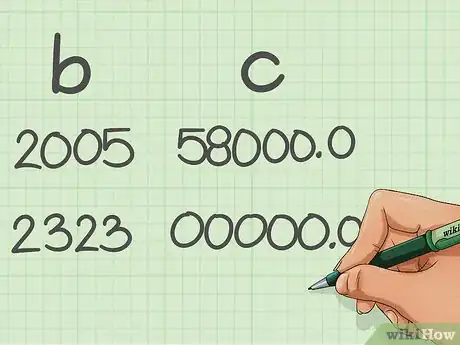
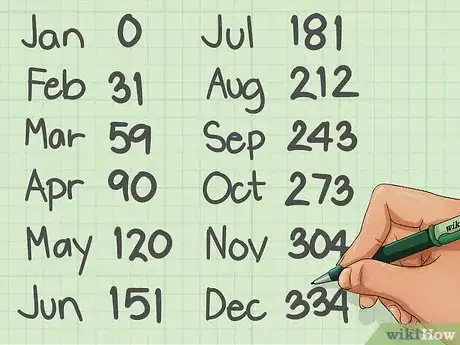
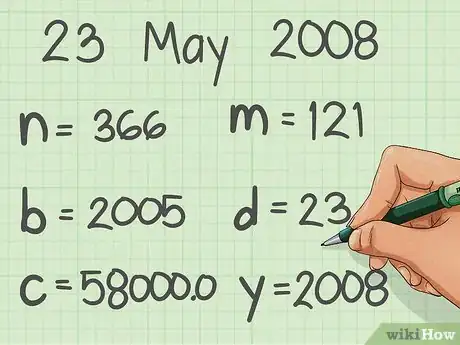
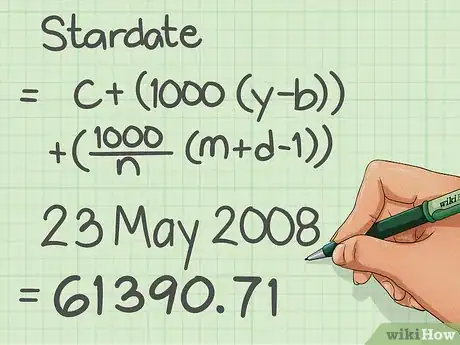
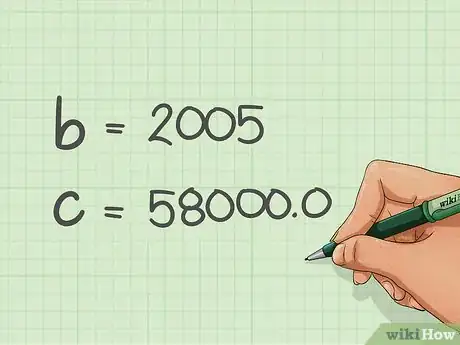
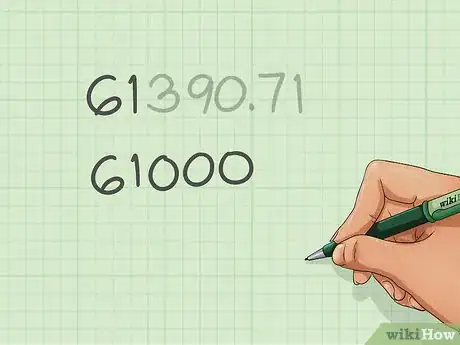
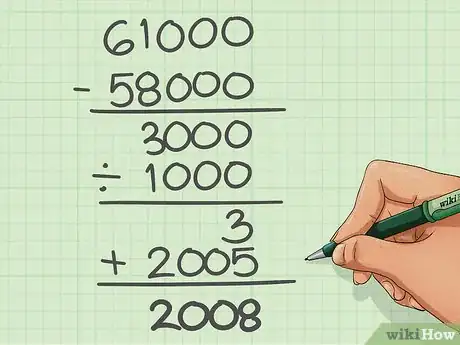

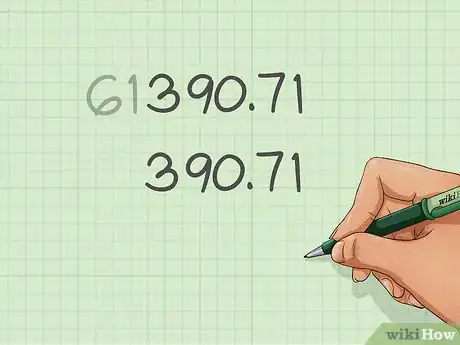
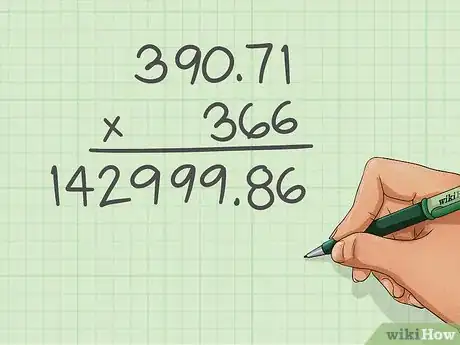


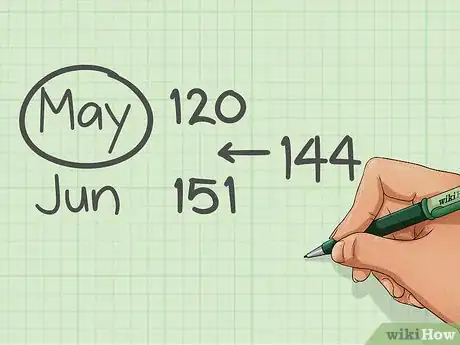














-Step-15.webp)












































